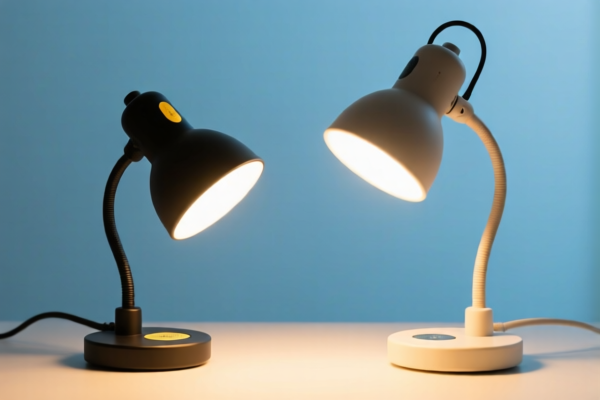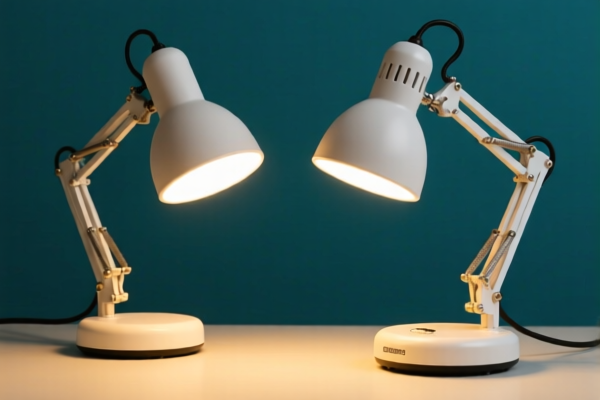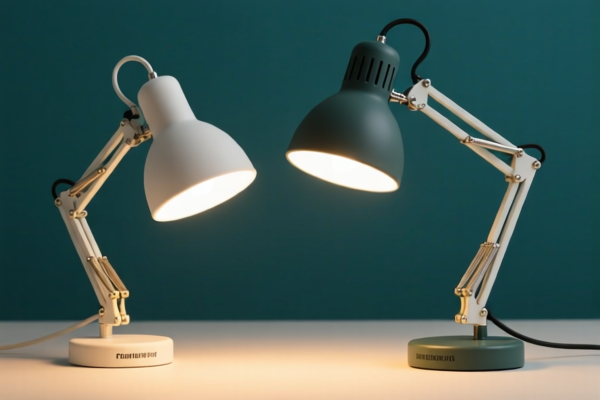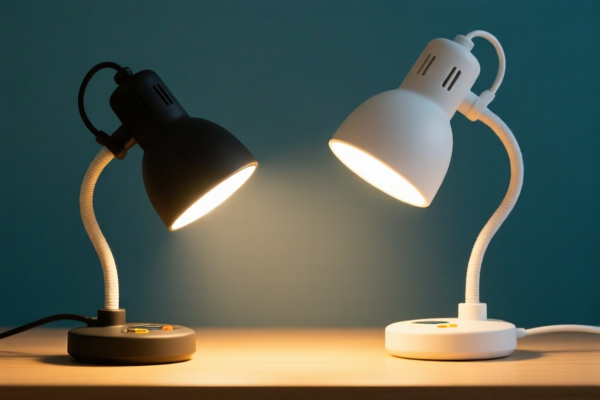| HS Code | Official Doc | Tariff Rate | Origin | Destination | Effective Date |
|---|---|---|---|---|---|
| 9405114010 | Doc | 58.9% | CN | US | 2025-05-12 |
| 9405490000 | Doc | 58.9% | CN | US | 2025-05-12 |
| 7011101000 | Doc | 55.0% | CN | US | 2025-05-12 |
| 7011105000 | Doc | 59.6% | CN | US | 2025-05-12 |
| 8310000000 | Doc | 55.0% | CN | US | 2025-05-12 |
| 4421913000 | Doc | 40.7% | CN | US | 2025-05-12 |
| 4421993000 | Doc | 48.2% | CN | US | 2025-05-12 |
| 8539293060 | Doc | 37.5% | CN | US | 2025-05-12 |
| 8539520091 | Doc | 32.0% | CN | US | 2025-05-12 |
| 8542900000 | Doc | 80.0% | CN | US | 2025-05-12 |




Okay, let's break down the HS codes you've provided for your "INDOOR LIGHT" declaration. I'll explain each one, its meaning, and potential implications. I'll also highlight key things to consider for customs clearance.
Understanding HS Codes: A Quick Primer
HS codes (Harmonized System codes) are internationally standardized codes used to classify traded products. They determine the tariff (duty) rates and applicable regulations for import/export. The first 6 digits are generally standardized globally, while additional digits can vary by country.
Here's a breakdown of each HS code you provided:
1. 9405.11.40.10 – Chandeliers & Electric Ceiling/Wall Fittings (LED, Brass)
- 94: Furniture, bedding, lighting signs, prefabricated buildings.
- 05: Luminaires and lighting fittings.
- 11: Chandeliers and other electric ceiling or wall fittings.
- 40: Of base metal.
- 10: Of brass.
- Tax: 58.9% (Base Tariff 3.9% + Additional Tariff 25%, potentially increasing to 30% after April 2, 2025).
- Notes: This is specifically for chandeliers and similar fittings made of brass and designed for LED light sources. Important: Verify the exact material composition. If it's brass-plated, the code might be different.
2. 9405.49.00.00 – Other Electric Luminaires & Fittings
- 94: Furniture, bedding, lighting signs, prefabricated buildings.
- 05: Luminaires and lighting fittings.
- 49: Other electric luminaires and lighting fittings.
- 00: Other.
- Tax: 58.9% (Base Tariff 3.9% + Additional Tariff 25%, potentially increasing to 30% after April 2, 2025).
- Notes: This is a broader category for electric lights not specifically covered elsewhere. It's crucial to ensure your product doesn't fit into a more specific code (like 9405.11).
3. 7011.10.10.00 – Glass Bulbs for Incandescent Lamps
- 70: Glass and glassware.
- 11: Glass envelopes (bulbs, tubes) without fittings.
- 10: For electric lighting.
- 10: Bulbs for incandescent lamps.
- Tax: 55.0% (Base Tariff 0.0% + Additional Tariff 25%, potentially increasing to 30% after April 2, 2025).
- Notes: This is specifically for glass bulbs designed for incandescent lamps. If the bulbs are for LED or other types of lamps, a different code is needed.
4. 7011.10.50.00 – Other Glass Envelopes for Electric Lighting
- 70: Glass and glassware.
- 11: Glass envelopes (bulbs, tubes) without fittings.
- 10: For electric lighting.
- 50: Other.
- Tax: 59.6% (Base Tariff 4.6% + Additional Tariff 25%, potentially increasing to 30% after April 2, 2025).
- Notes: This is a catch-all for glass envelopes for electric lighting that don't fall into the more specific 7011.10.10 category.
5. 8310.00.00.00 – Sign Plates, Name Plates (Base Metal)
- 83: Miscellaneous articles of base metal.
- 10: Sign plates, name plates, address plates.
- 00: Other.
- Tax: 55.0% (Base Tariff 0.0% + Additional Tariff 25%, potentially increasing to 30% after April 2, 2025).
- Notes: This is for metal plates used for signage. Ensure these are not integrated lighting fixtures (otherwise, use a 9405 code).
6. 4421.91.30.00 & 7. 4421.99.30.00 – Wood Blinds/Shutters (Bamboo/Other Wood)
- 44: Wood and articles of wood.
- 21: Articles of wood for furniture.
- 91/99: Other.
- 30: Wood blinds, shutters, screens, shades.
- Tax: 40.7% (Base Tariff 10.7% + Additional Tariff 0.0% / 7.5%, potentially increasing to 30% after April 2, 2025).
- Notes: These codes depend on the wood type (bamboo vs. other wood).
8. 8539.29.30.60 – Other Filament Lamps
- 85: Electrical machinery and equipment.
- 39: Electrical filament or discharge lamps.
- 29: Other filament lamps.
- 30: Other.
- 60: Other.
- Tax: 37.5% (Base Tariff 0.0% + Additional Tariff 7.5%, potentially increasing to 30% after April 2, 2025).
9. 8539.52.00.91 – LED Light Sources
- 85: Electrical machinery and equipment.
- 39: Electrical filament or discharge lamps.
- 52: Light-emitting diode (LED) light sources.
- 91: Other.
- Tax: 32.0% (Base Tariff 2.0% + Additional Tariff 0.0%, potentially increasing to 30% after April 2, 2025).
10. 8542.90.00.00 – Electronic Integrated Circuits
- 85: Electrical machinery and equipment.
- 42: Parts of electrical machinery.
- 90: Other.
- Tax: 80.0% (Base Tariff 0.0% + Additional Tariff 50%, potentially increasing to 30% after April 2, 2025).
Important Considerations & Recommendations:
- Material Composition: Crucially verify the exact materials used in each component. Small changes in material can lead to different HS codes and tax rates.
- Functionality: Ensure the HS code accurately reflects the primary function of the product.
- April 2, 2025 Tariff Changes: Be aware of the potential tariff increases coming into effect.
- Certifications: Depending on the type of lighting, you may need certifications (e.g., CE, RoHS, CCC) to demonstrate compliance with safety and environmental standards.
- Detailed Invoice: Provide a detailed invoice with clear descriptions of each component and its material composition.
- Consult a Licensed Customs Broker: For complex declarations, it's highly recommended to consult a licensed customs broker in China. They can provide expert guidance and ensure compliance with all regulations.
To help me refine the classification further, could you please provide more details about the specific products you are declaring? For example:
- What is the main material of the light fixtures (e.g., brass, aluminum, plastic)?
- What type of LED light sources are used (e.g., bulbs, strips, panels)?
- Are the products integrated with electronic components (e.g., dimmers, controllers)?
- What is the intended use of the products (e.g., indoor, outdoor, commercial, residential)?
I hope this detailed breakdown is helpful! Let me know if you have any other questions.
Customer Reviews
The detailed breakdown of HS Code 8539520091 for LED light sources was exactly what I needed. I'm exporting these and now I know the tariff is 32.0%.
The HS code for wood blinds, 4421.91.30.00, was clearly explained. I didn't know the tax rate was 40.7%. This page made it easy to understand.
I was confused about the difference between 9405.11 and 9405.49. The explanation clarified that 9405.11 is for brass chandeliers and 9405.49 is for other electric lights. Very informative!
The breakdown of HS Code 9405114010 was super helpful. I finally understand what it means for brass LED chandeliers. Great job!